Lens Antenna using Specialized Glass
Nippon Electric Glass/ NEG
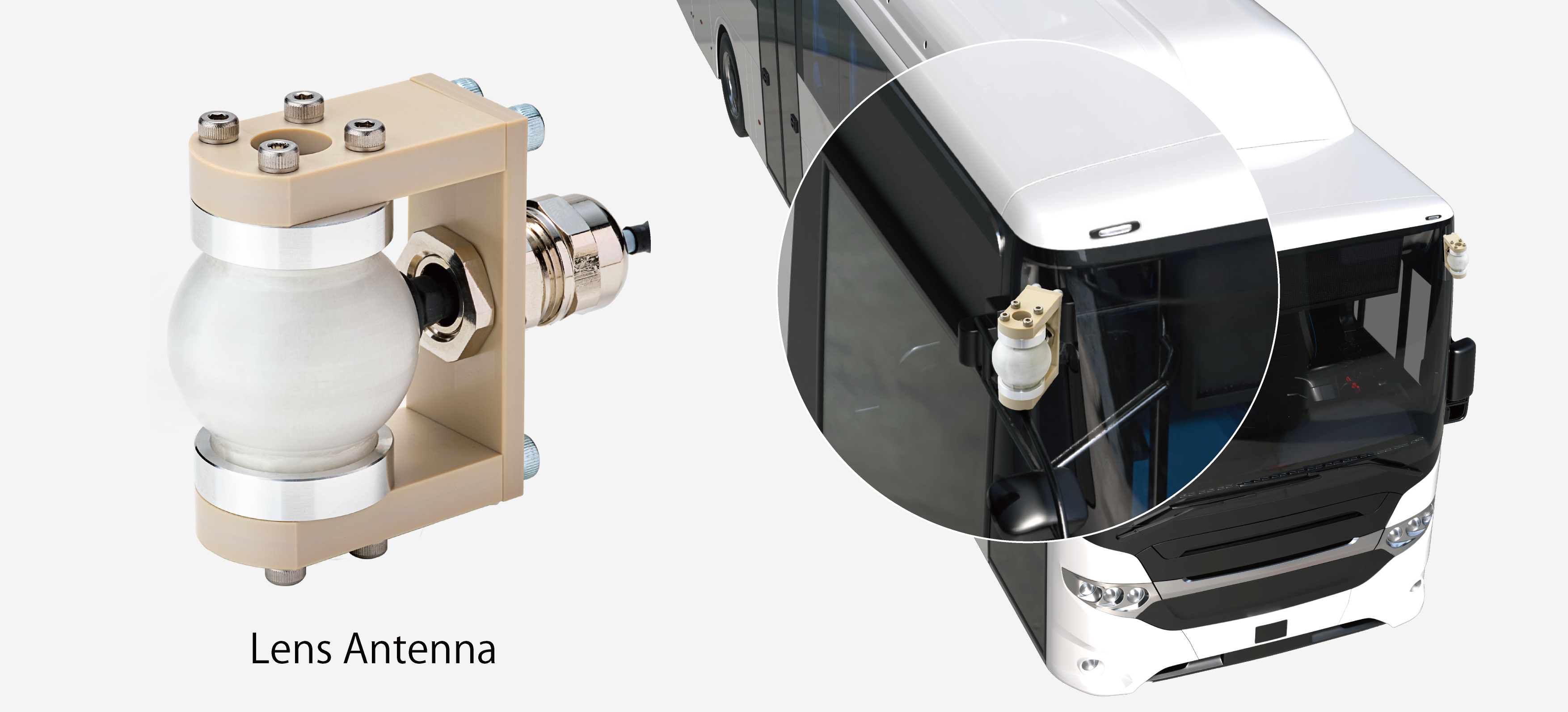
Our Lens Antenna Utilized in Self-Driving Bus Convoy Demonstration Experiment!
A lens antenna made with specialized glass, developed by Nippon Electric Glass Co., Ltd. (hereinafter "NEG"), has been used in a self-driving bus convoy experiment conducted in Shiga Prefecture, Japan. In this experiment, the lens antenna played a pivotal role in improving stable information transmission between buses in convoy, successfully addressing the challenges associated with conventional antennas used in standard mobile communication. This technology enables high-speed and high-capacity information communication through millimeter-wave communication.
Advantages of Our Lens Antenna using Specialized Glass
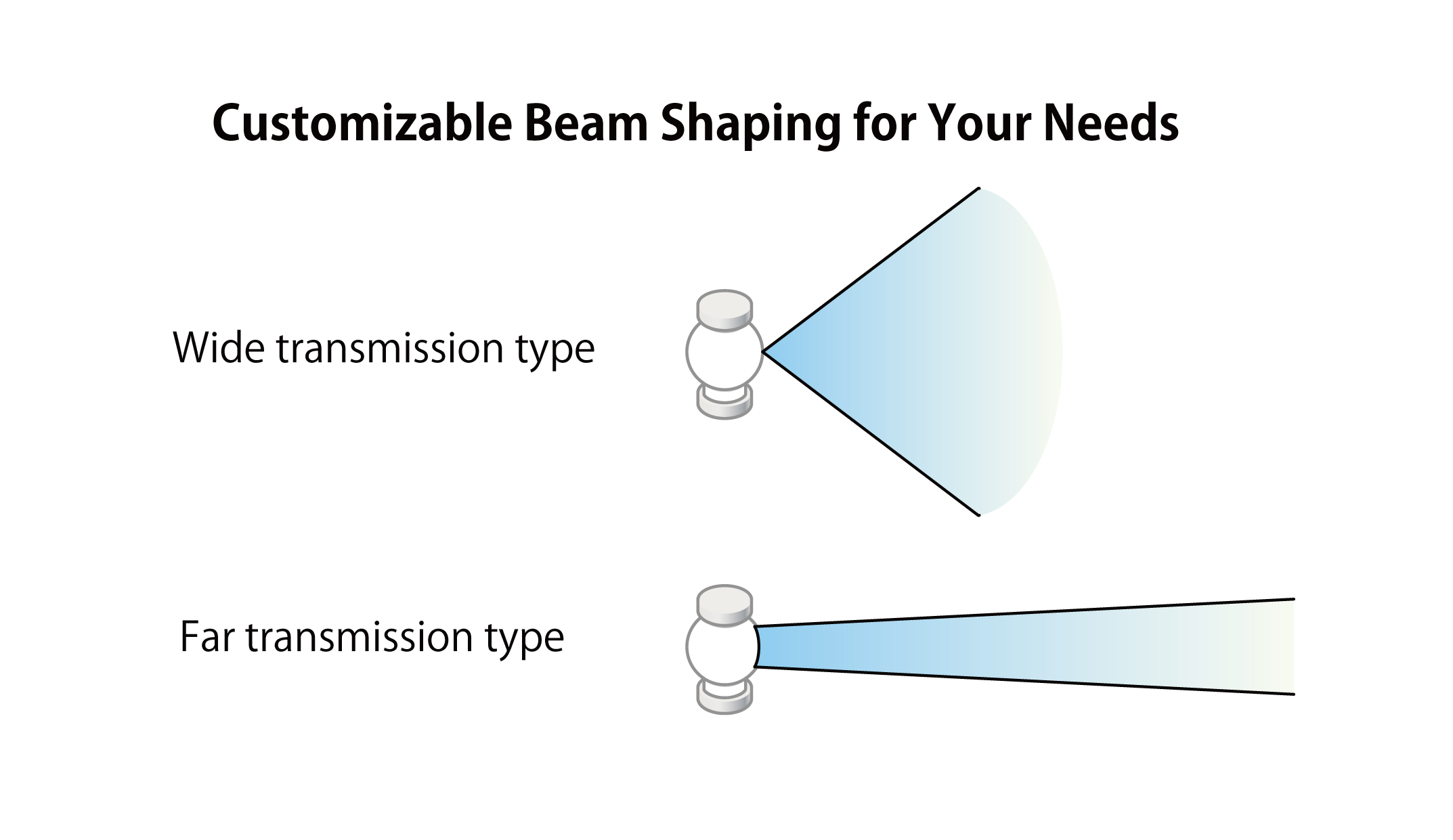
Point 01 Customizable beam shaping for user needs
In the demonstration experiment, a specialized glass material with suitable dielectric constant and low loss tangent is used for lens design. By reducing loss tangent, radio wave loss was minimized, and the lens shape could be adjusted to send radio waves in one direction or over a broader area.
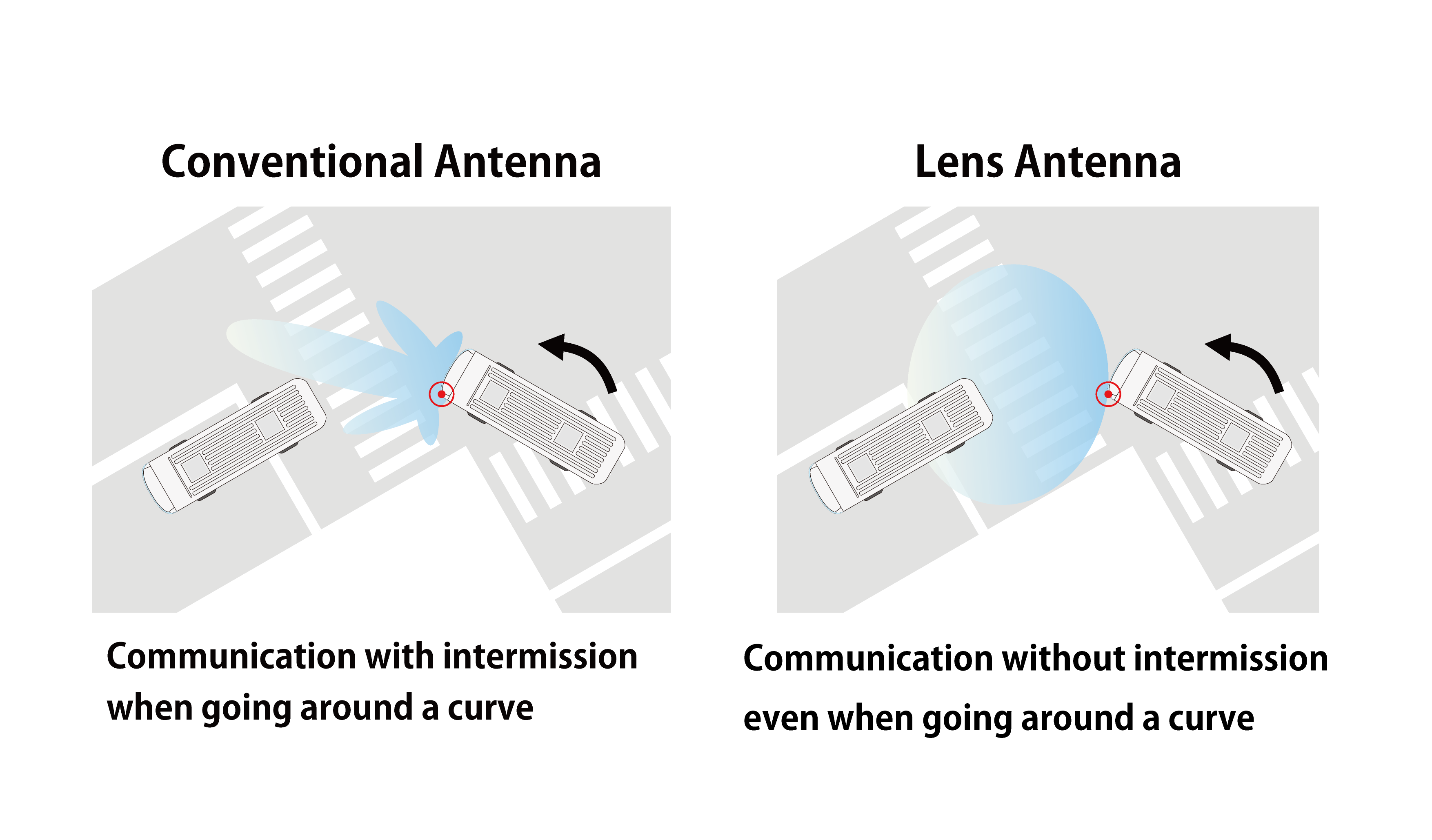
Point 02
Stable communication even during turn
The lens antenna allowed directing radio waves towards the necessary direction, preventing unnecessary radiation.
It achieved communication in the millimeter-wave band with high gain (9dBi) over a wide area, without null points.
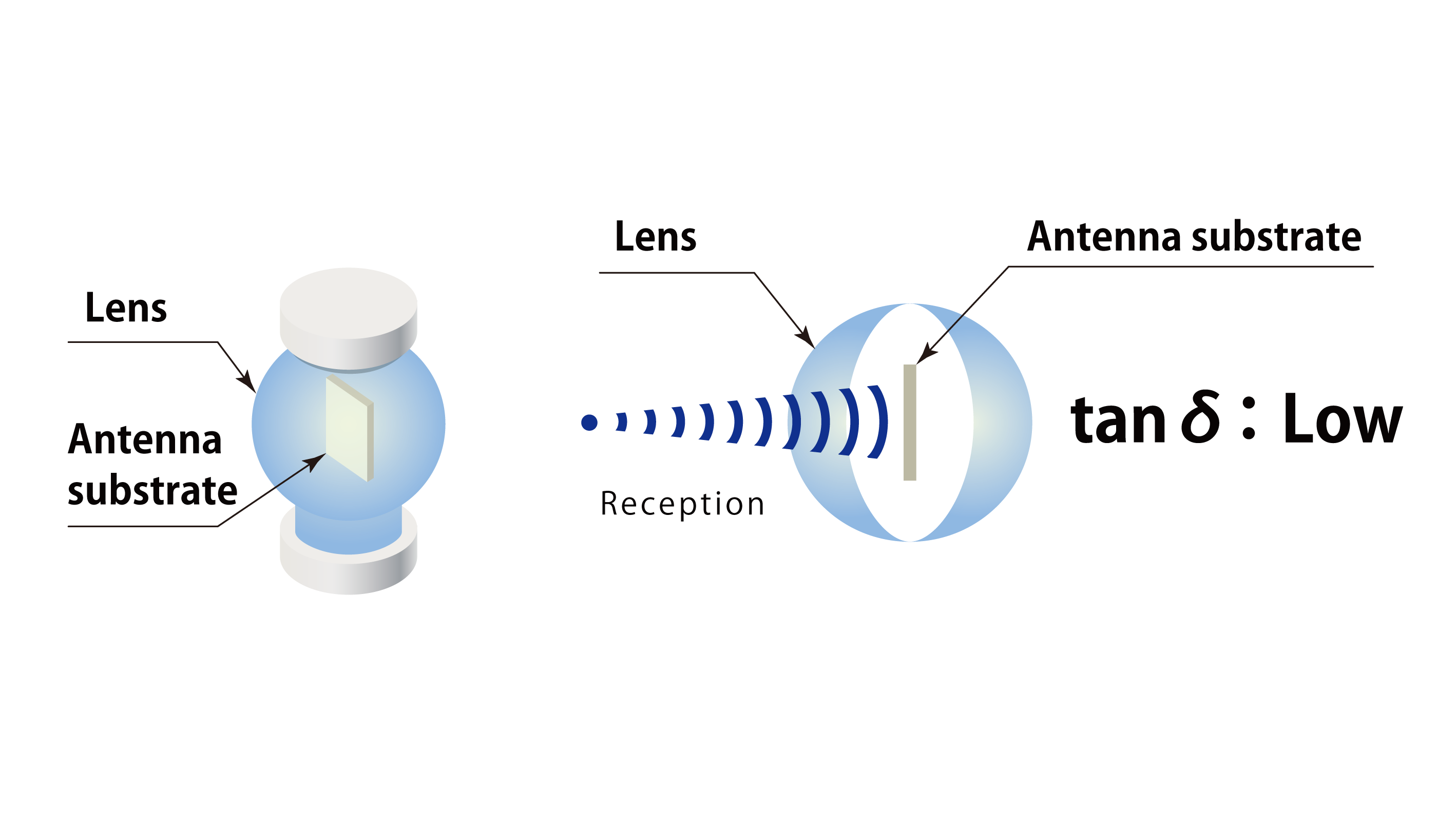
Point 03
Potential application with beamforming technology
✔ Expanding the field of view for external vehicle sensors to enhance collision avoidance systems
✔ Installing sensors inside vehicles to prevent child abandonment
✔ Placing sensors in homes to monitor the well-being of elderly individuals
Addressing Societal Challenges through Lens Antenna!
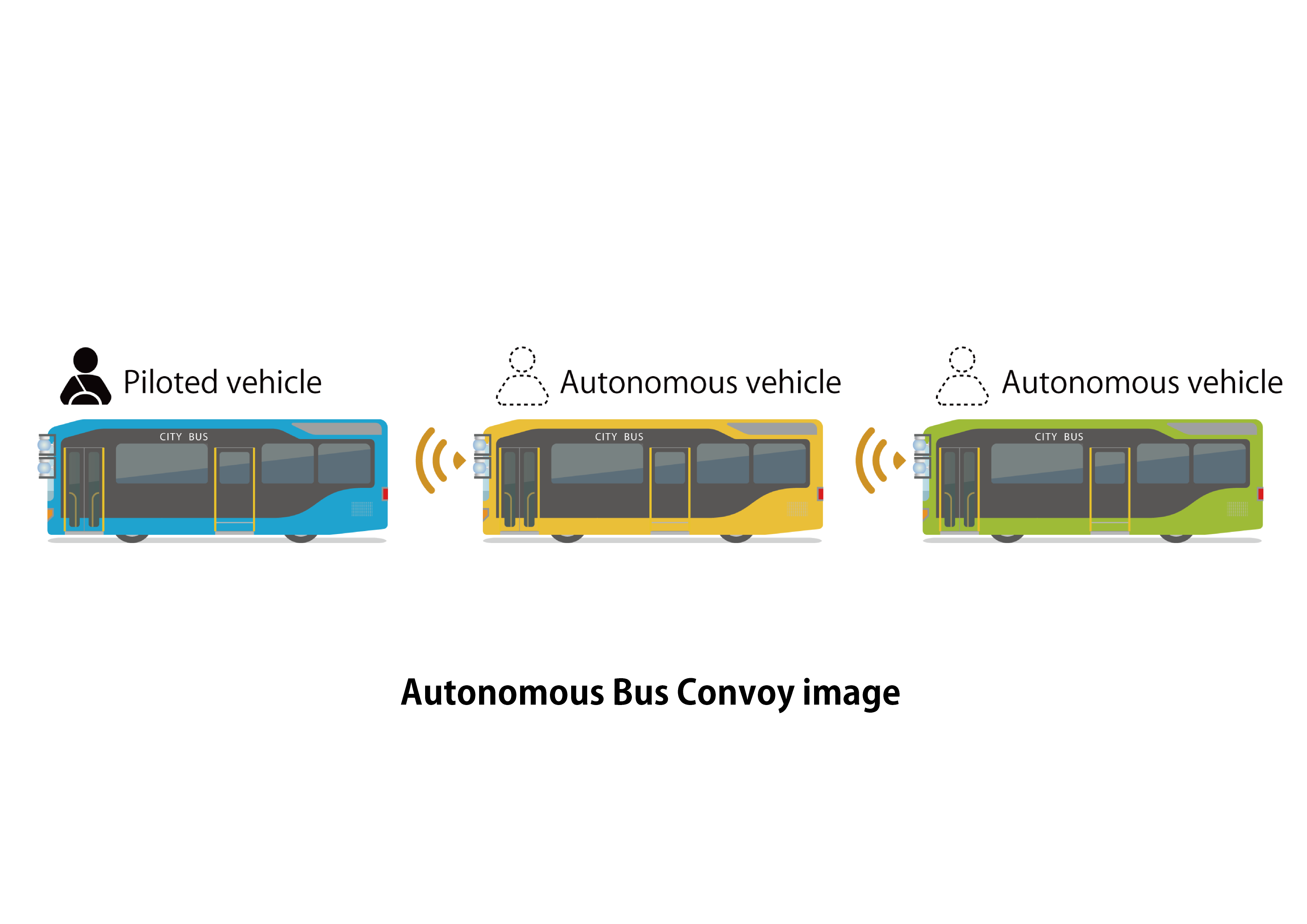
Point 01 Achieving Stable Communication with Lens Antennas Using Specialized Glass!
The use of lens antennas made with specialized glass has resolved issues such as communication interruptions during turns in self-driving bus convoying, offering more stable information transmission compared to conventional antennas. Furthermore, it has improved throughput and reduced latency compared to traditional antennas.
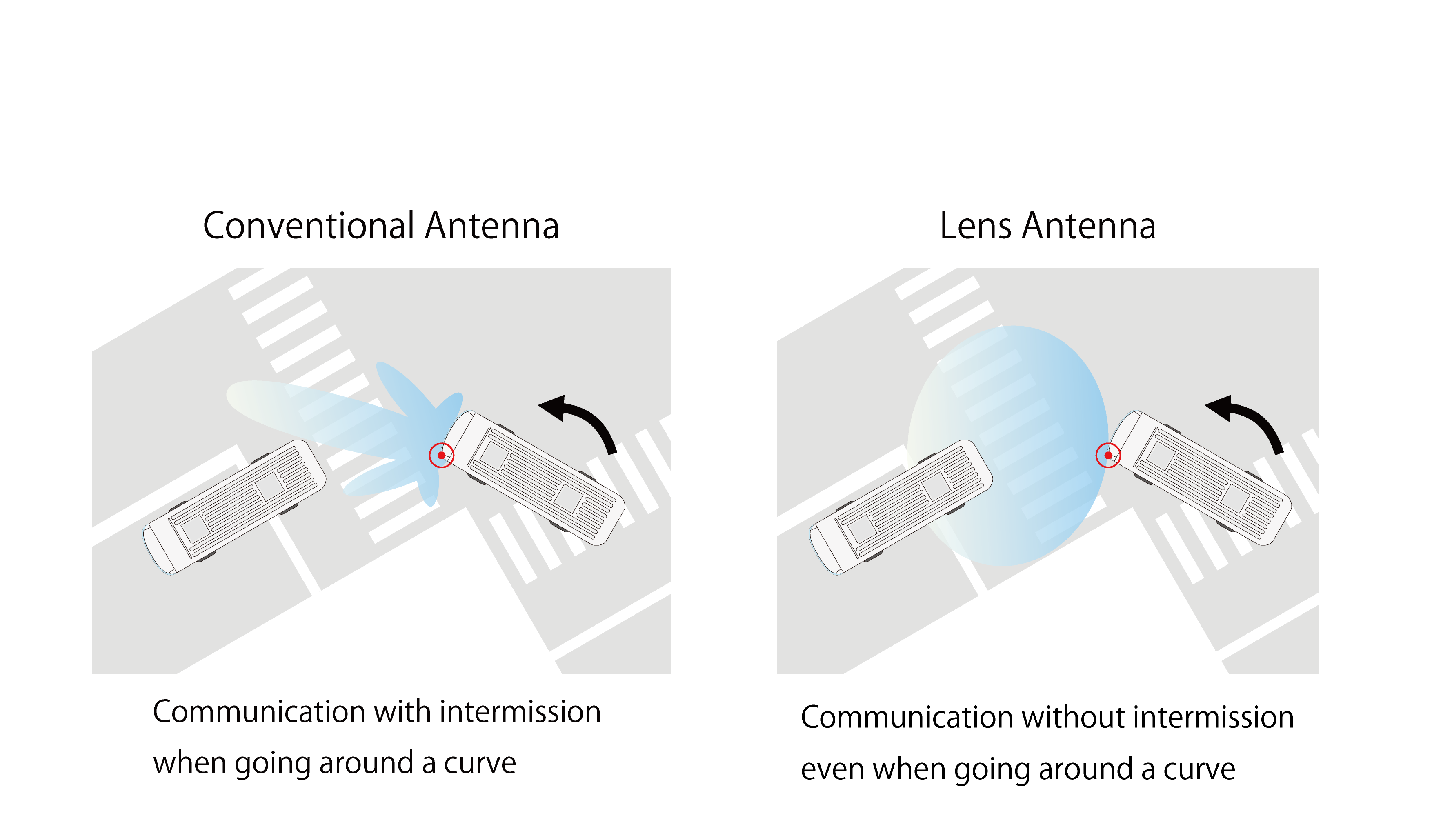
Point 02 Ensuring Stable Communication Even During Turn
The lens antenna using specialized glass was developed to meet the requirements for Self-Driving Bus Convoying.

Point 03 The Requirements for Antennas
1. Stable communication during turns
2. Compact size for easy installation anywhere
3. Resistance to deterioration caused by rain or snow
Product
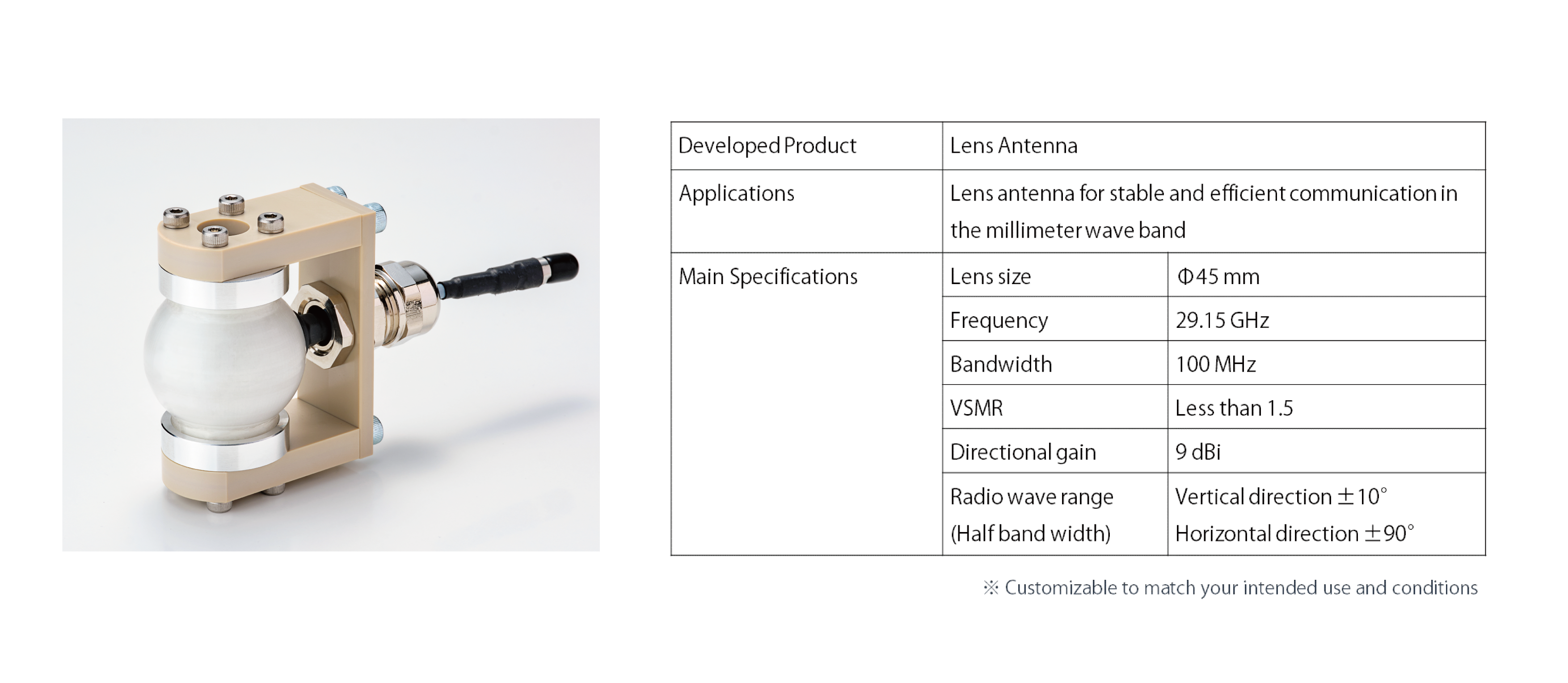
Press Release
- For full press release, please visit
Contact
Please enter your inquiry using the form below.
Handling of Personal Information:
The personal information you enter will be handled in accordance with our Privacy Policy.
Please read our Privacy Policy and click the "Submit" button after agreeing to the terms of the Privacy Policy.